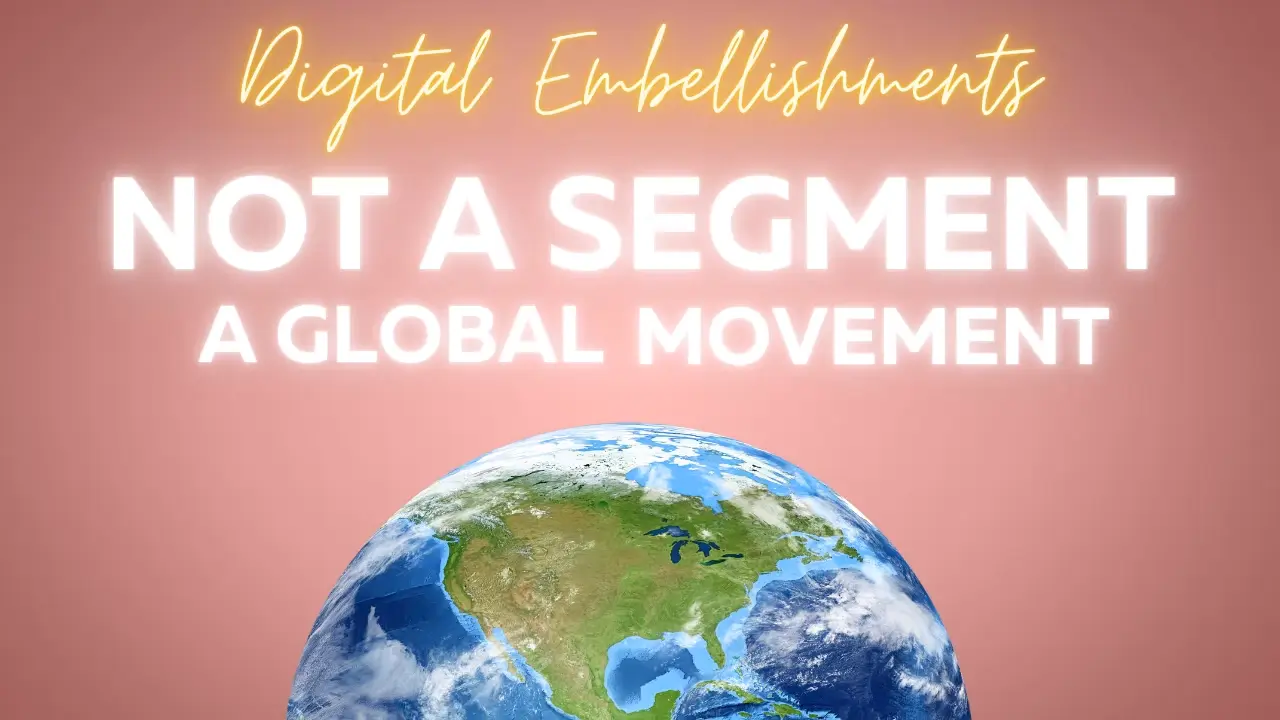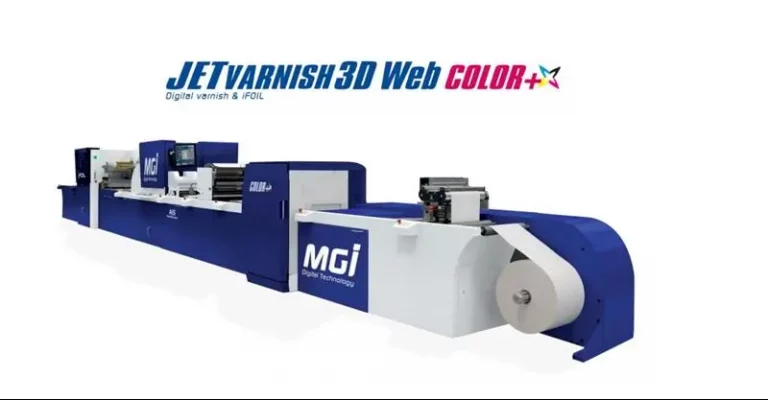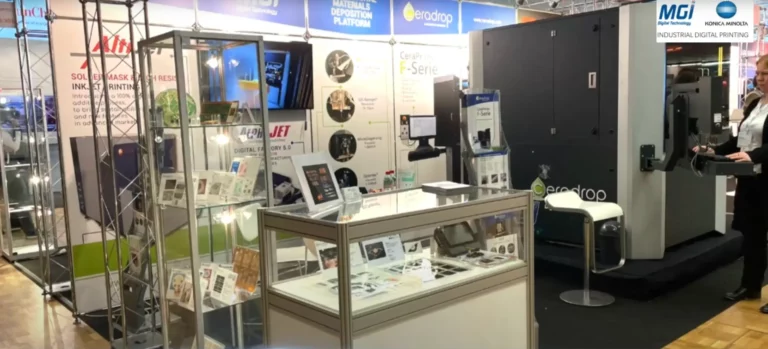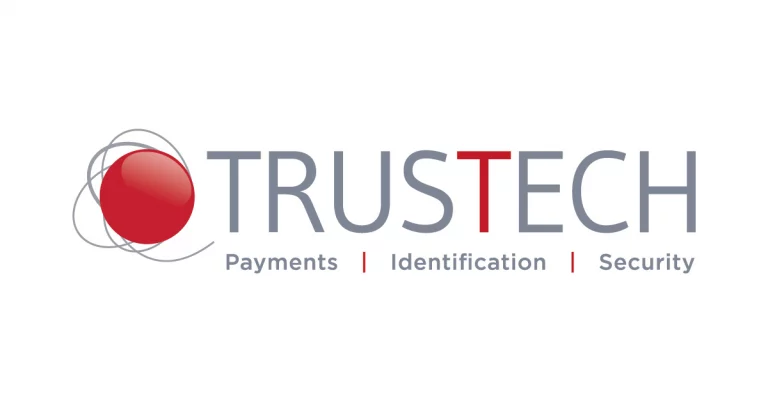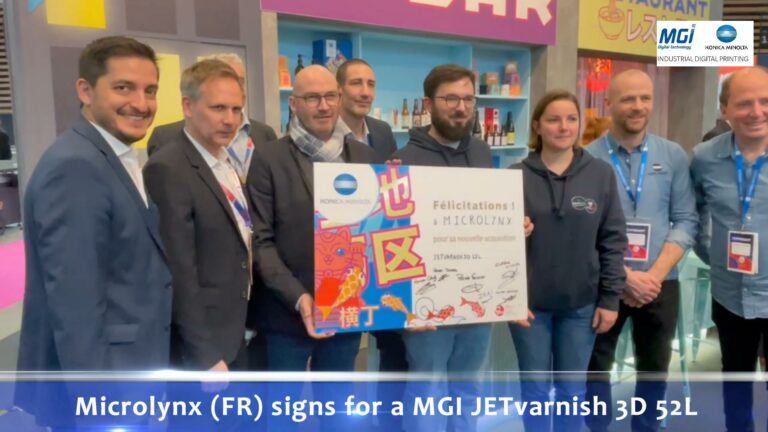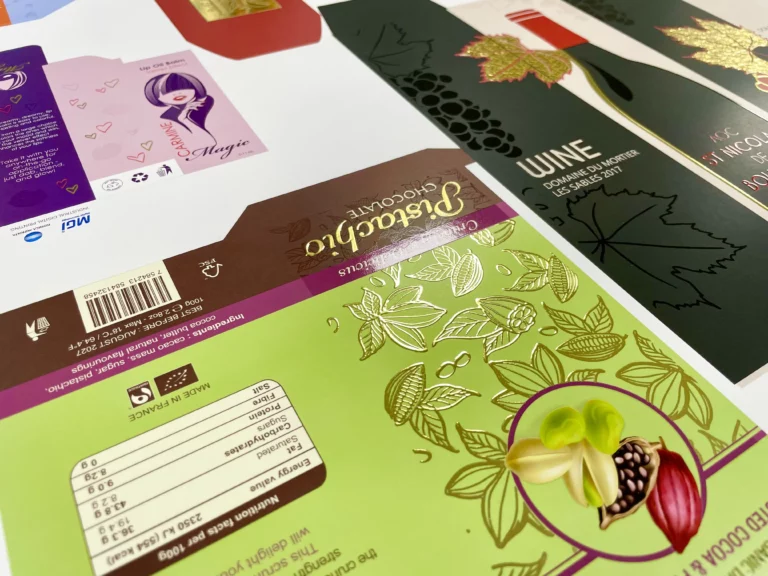Why digital finishing is redefining the future of printing
Faced with the increasing commoditization of printed products, a technological approach is clearly emerging in the Graphic Industries: digital finishing. Far from being a mere fad, this trend is becoming a major transformation axis for industry professionals.

Constant pressure on prices and standardization of supply have had a lasting impact on the profitability of the printing market. Business cards, leaflets, brochures: these media, which have long been generic, have become interchangeable. Against this backdrop, digital embellishment has emerged as an alternative strategy, breaking with the logic of low-margin volume.
Based on the addition of visual and tactile effects, such as gilding, selective varnish, embossing or relief, embellishment transforms prints into differentiating objects. It's no longer just a matter of printing, but of producing sensory experiences. These techniques, once reserved for high-end production, are now accessible thanks to digital systems adapted to short runs and personalization.
The concept of digital embellishment is based on the enrichment of a printed medium via advanced technologies enabling the precise and variable application of special materials. The aim is to create a strong visual and haptic impact, differentiating the product in an environment saturated with content. The rise of variable data printing also offers the possibility of creating personalized effects for each recipient, reinforcing the relevance of the printed message.
The appeal of these new practices goes beyond aesthetics. They respond to a growing need to reassert the value of the paper medium, in the face of the omnipresence of screens. In a world where visual communication is immaterial, printed objects stand out for their ability to be seen, touched and even kept. Embellishment reinforces this distinction. It becomes a vector of emotion, memorization and, consequently, of commercial value.
For brands, the applications are numerous. Packaging with a metallic finish reinforces a prestigious image. An embossed business card asserts the solidity of an identity. A textured mailing creates a sensorial proximity. In all cases, these choices allow you to stand out from the crowd, assert your intentions and create a connection with your audience.
For printers, the impact is also strategic. By offering these high value-added services, they are able to extricate themselves from the price competition. Their margins improve, as does customer loyalty. The investment required is certainly significant, but can be recouped thanks to the strong demand for differentiated products. Some studies indicate that enriched prints can be billed at up to twice the price of standard ones, without dampening demand.
However, disseminating this technology requires a lot of education. Many customers are unaware of the possibilities offered by digital embellishment. It's up to printers to help customers discover these tools: through demonstrations, prototypes or documented use cases. This is essential to overcome reluctance linked to cost or the unknown.
This dynamic also presupposes closer cooperation with creative people. Designers, agencies, marketing departments: all need to be involved early on in the design process. Beautification cannot simply be a final addition, but an integral part of the overall creative strategy. This requires constant dialogue and a culture of testing.
The adoption of digital embellishment is not without its obstacles. Initial investment, team training and the need to educate the market can be obstacles. Yet feedback shows that these efforts pay off. As early as the first year, some printers are already seeing a return on their investment, thanks to an increase in the average shopping basket and the arrival of new customers.
This transformation is gradual, but it's already underway. It is restoring print to its former glory, making it a sensorial medium, enhanced and adapted to new communication challenges. Digital embellishment is thus becoming a lever for revitalizing a changing industry, which is finding a new path to growth in quality and innovation.

